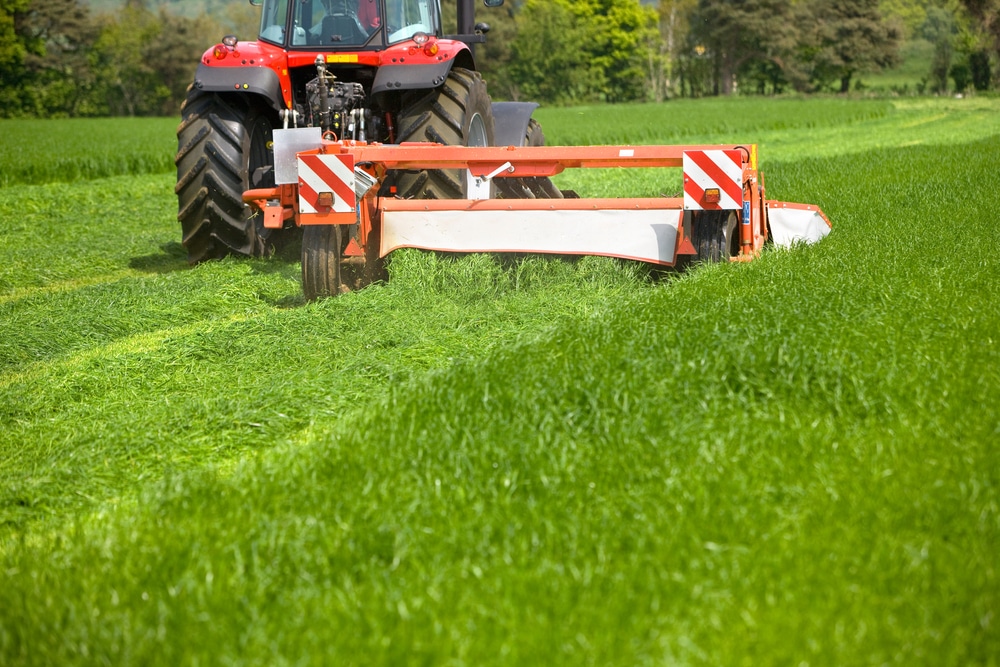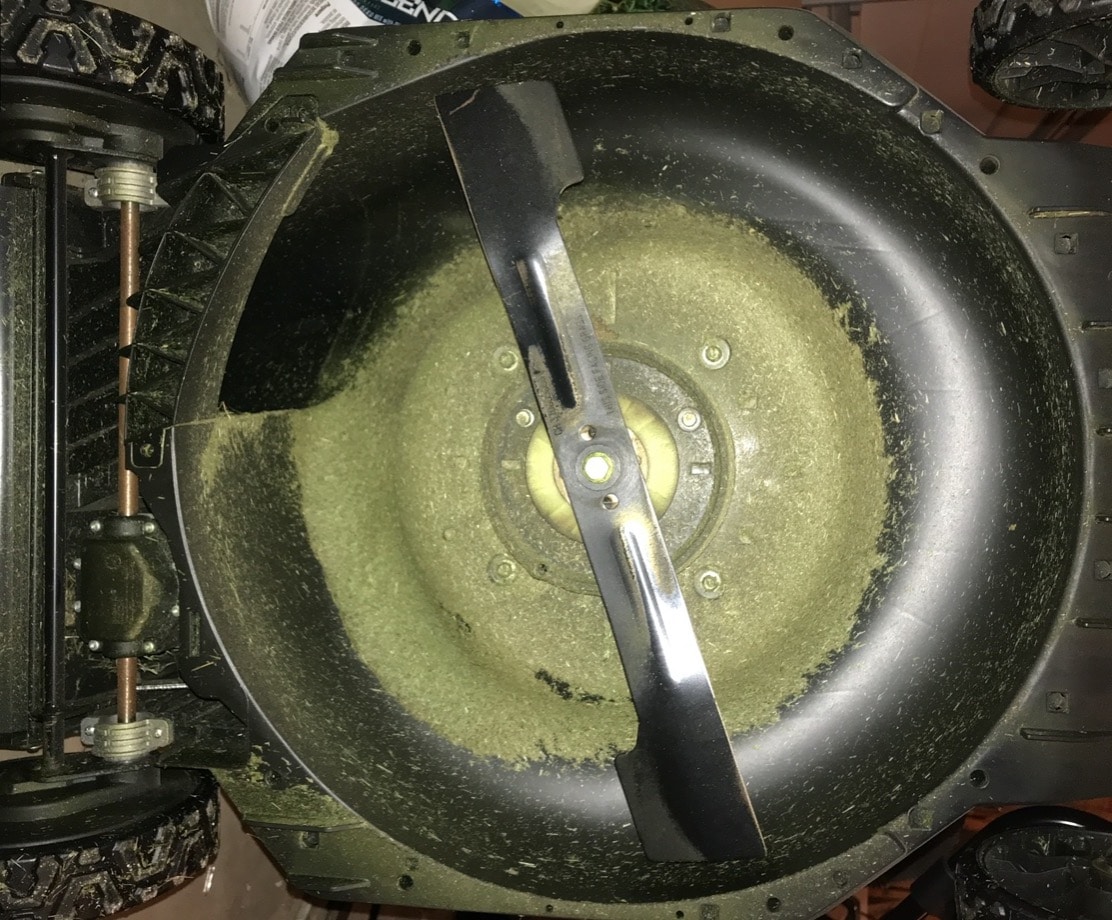Deciding which kind of mower would be a better option for maintaining an acre or two of land can be tricky because there are so many different options that suit your needs. When choosing between a flail mower vs brush hog, there are a few comparisons to consider before moving forward.
What is a flail mower?
Flail mowers and rotary cutters are PTO attachments that attach to the back of most tractors. A flail mower is rectangular in length and triangular in width and height and sits close to the back of the tractor. Its main feature is its ability to move side to side, which makes one end closer in line to the outside of the tractor.
Flail mowers have metal pieces bent to T or Y shapes called flails. The thin end of the flail connects to a rotating drum that extends the entire length of the mower. As the drum rotates, the vegetation is caught by the blades.
What is a brush hog?
A brush hog works more like a traditional lawn mower. A brush hog has thicker, duller rotary blades that whack the vegetation instead of producing clean cuts. It attaches to the back of the tractor onto the PTO shaft. A brush hog has a ground clearance of 6 to 8 inches while in motion.
It is typical for people who own a few acres of land to use this kind of rotary cutter. Other models allow the person to manually push the shredder to take on smaller projects clearing brush.
Price
A flail mower will range in price, usually around $2,500 to $10,000, while a brush hog will cost several hundred dollars to about $5,000. Prices vary with each make and model of each piece of equipment. The more expensive ones are used for commercial purposes. Many cheaper models are sold on eBay and specific social media groups.
Attributes
A flail mower attaches to the PTO shaft at the back of the tractor and sits about a foot away from it. Having it this close to the back allows for ease of movement and a tighter turning radius. It could also make for more efficient storage and transportation.
A tractor with a flail mower attached would probably only need a 16-foot trailer, whereas a brush hog extends several more feet and would need a 20-foot trailer.
If both mowers possess a 60-inch cutting radius, the brush hog would require more energy to be raised and lowered than the flail mower.
A flail mower makes lateral movements via the use of hydraulics. Being able to move side to side makes trimming along a wall or fence line a simple task.
Use
The most common use for the brush hog and flail mower is to clear brush away from land that takes up an acre or two.
If someone needs to clear away some thick brush to make room to construct a new fence line, then the best tool for the job would be a brush hog.
Because a brush hog is several feet away from the tractor, its weight is transferred to the end of the equipment. This allows the brush hog to be lifted several feet in the air and lowered down onto the brush pile. This can’t be done with a flail mower.
While both pieces of equipment are used to maintain large yards, the wider blade on the flail mower means a closer cut is possible.
If the job is clearing brush away to make room for a future fence or paving the way for a walking trail, then a brush hog will suffice.
Flail Mower vs. Brush Hog: Which one is best for you?
If your objective is clearing brush away for a fence or other construction purposes, a brush hog will be sufficient enough, and it is also the cheaper option.
However, the flail mower’s lateral movement feature makes it a popular option for cleaner cuts since it possesses a wide blade and is capable of closer cuts. The design of the flail mower also covers up to five feet across in a single pass compared to four feet from the brush hog. The difference amounts to about 25 percent more efficiency. Instead of a brush hog you may like to consider a finish mower.

